Week 7: Good Things Come To Those Who Weigh(t)
Realizing my first designs will cost a gazillion dollars
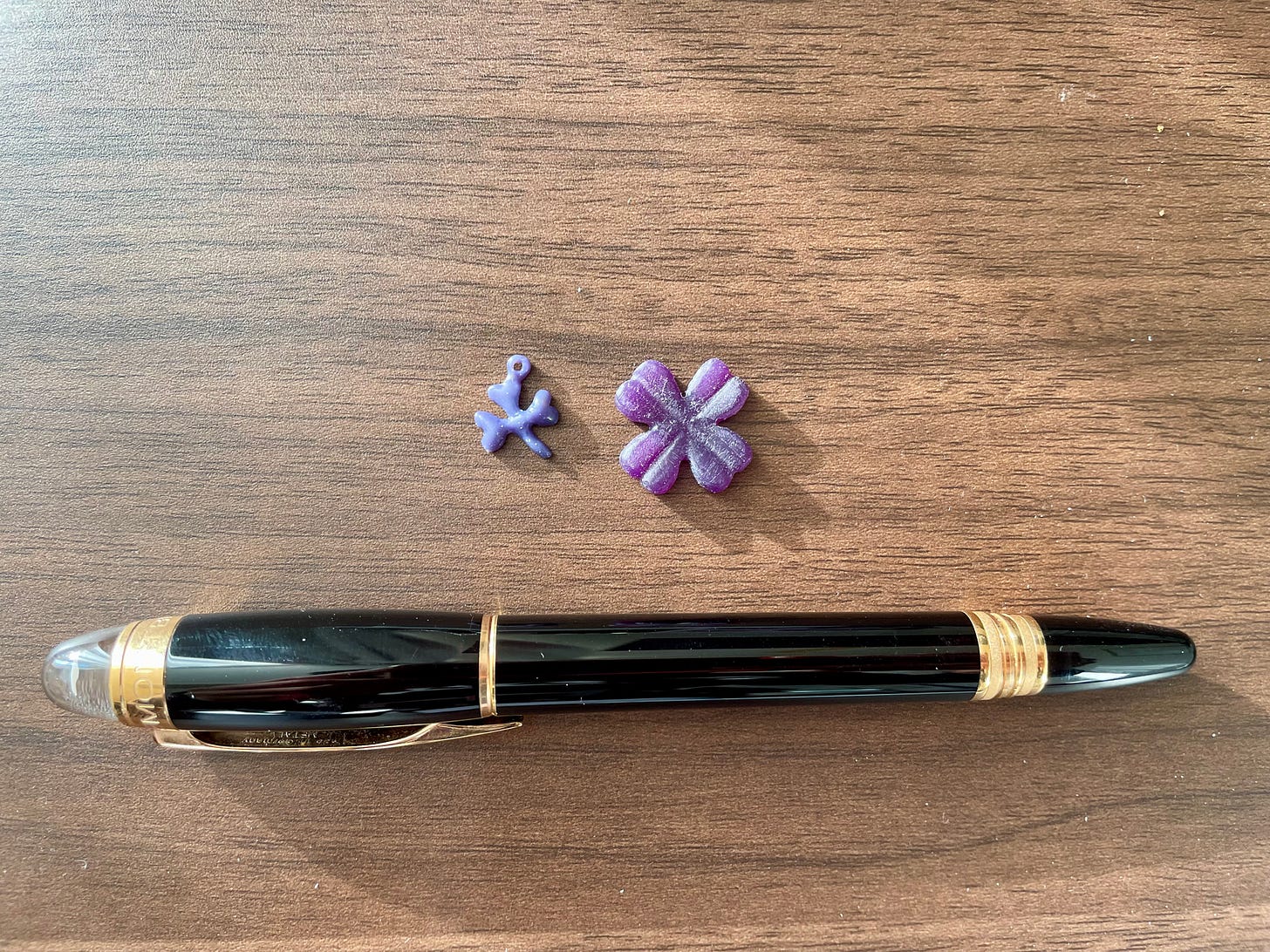
Last week I wrote about the cost of fine jewelry. Ironically, this week I realized that my initial carving attempts would very much raise those costs - they were too heavy to ever cast in gold without requiring a small fortune.
Upon my return to ileava jewelry after the holidays, I looked around the shop and quickly realized that most of their designs are significantly more refined and slight than mine. I thought my pieces were small… but most fine jewelry is miniscule.
Delicate jewelry is trendy and it makes the price more accessible for consumers.
The price of gold
Time to harken back to my school days and flex some light research skills!
According to the World Gold Council, 2024 was gold’s best performing year in 14 years. The price of gold rose nearly 26% over the year and reached an all-time high on October 30 of $2,777.80/oz ($97.98/gram).
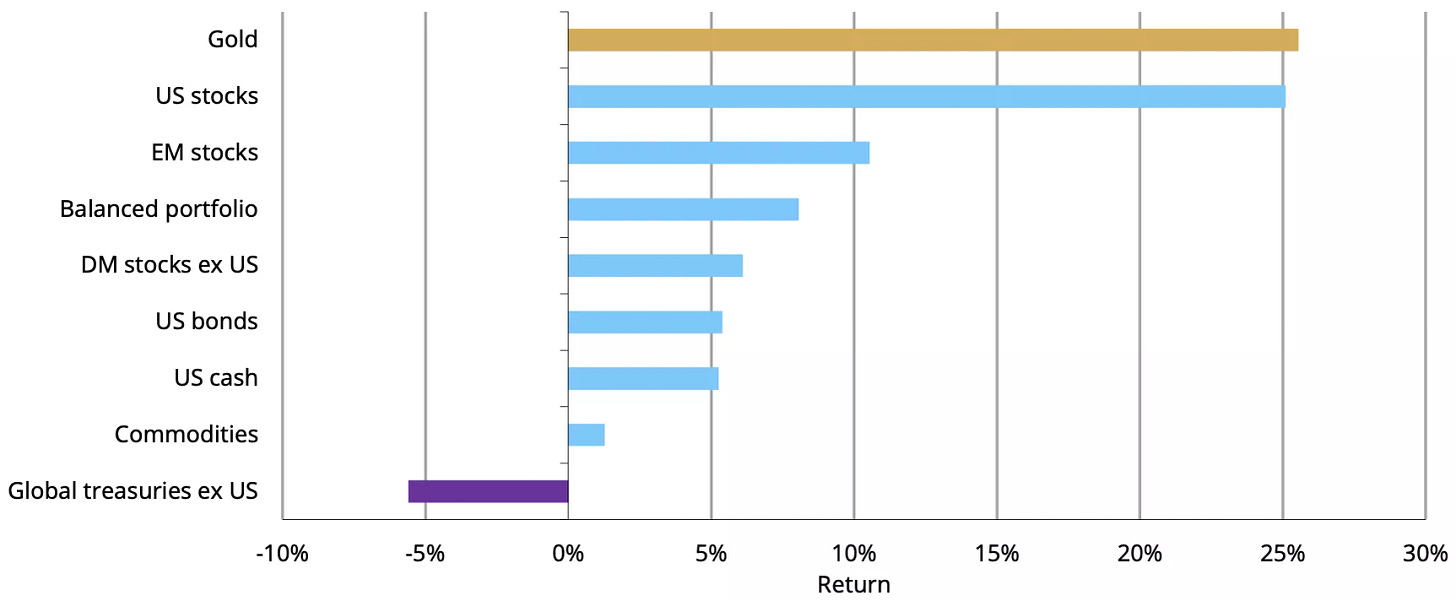
The yellow metal often performs well in turbulent economic and geopolitical conditions as gold is seen as a stable asset. Central banks leaned into diversifying their reserve portfolios into gold, which gave investors confidence in buying the metal.
For jewelers in 2024, the high price of gold translated to fewer sales. The Q3 2024 Gold Demand Trends report shared that “Gold jewellery consumption sank 12% y/y despite strong growth in India [due to a July cut in gold import duties]. Although consumers bought reduced quantities, their spend on gold jewellery increased: the value of demand jumped 13% y/y.”
I suspect that the combination of the rising price of gold and the birth of readily available “everyday fine jewelry” brands (think Mejuri or Catbird) led to the trend of dainty jewelry pieces. If you’re a company trying to sell gold jewelry at volume, you can’t sell thick, heavy pieces to the average consumer - even if you manage to streamline operational costs.
Breaking into fine jewelry
Due to the price of raw materials like gold, fine jewelry is not the most accessible industry to break into. Not only do you need time and skills, but you need a decent amount of capital to get started.
Let’s assume that you are incredibly scrappy and can create wax models basically for free with a toothpick and candle wax.
To then actually get your pieces made, you will need to spend hundreds or thousands of dollars - especially to get pieces made in gold or platinum and with precious gemstones.
According to this article in JCK, a leading jewelry publication, new designers should expect to spend at least $37k to launch a collection.
Granted, I think you could (or at least I seriously hope to) take a leaner approach and start with a few pieces for less money. However, it’s clear that the investment required to launch a fine jewelry business or even start a serious jewelry hobby is in the thousands or tens of thousands of dollars.
Especially for young aspiring artists coming straight out of school, I imagine this does not seem the easiest path. And therefore we’re missing out on a lot of would-be designers who instead turn to less capital-intensive fields such as graphic design.
I don’t have a solution for this at the moment, but maybe one day I’d love to somehow provide or support a grant for young jewelry designers.
Wax works
Maya, my mentor from ileava jewelry, gave me some great feedback and tips about my wax carvings.
As I mentioned earlier, the main point of feedback was that all my pieces were okay for silver, but realistically too heavy for gold.
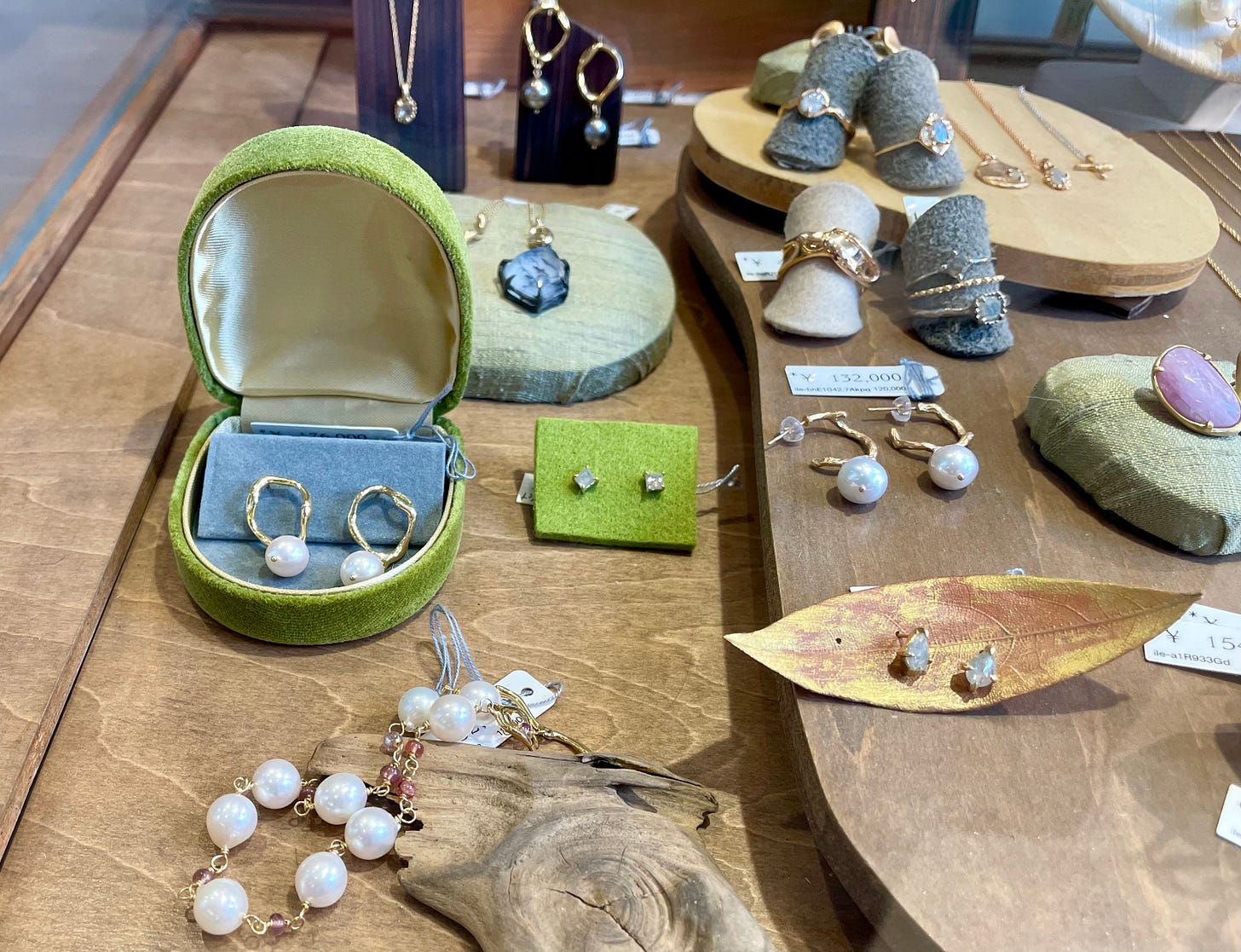
She also flagged that a white area or line in the wax means that there is an air pocket which could cause problems during the casting process.
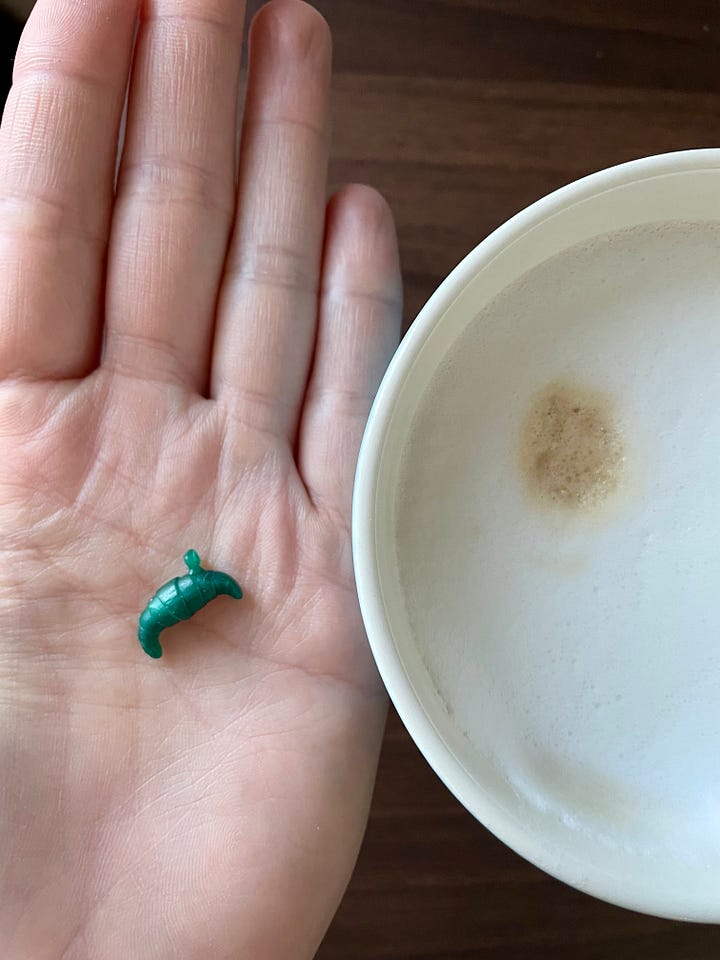
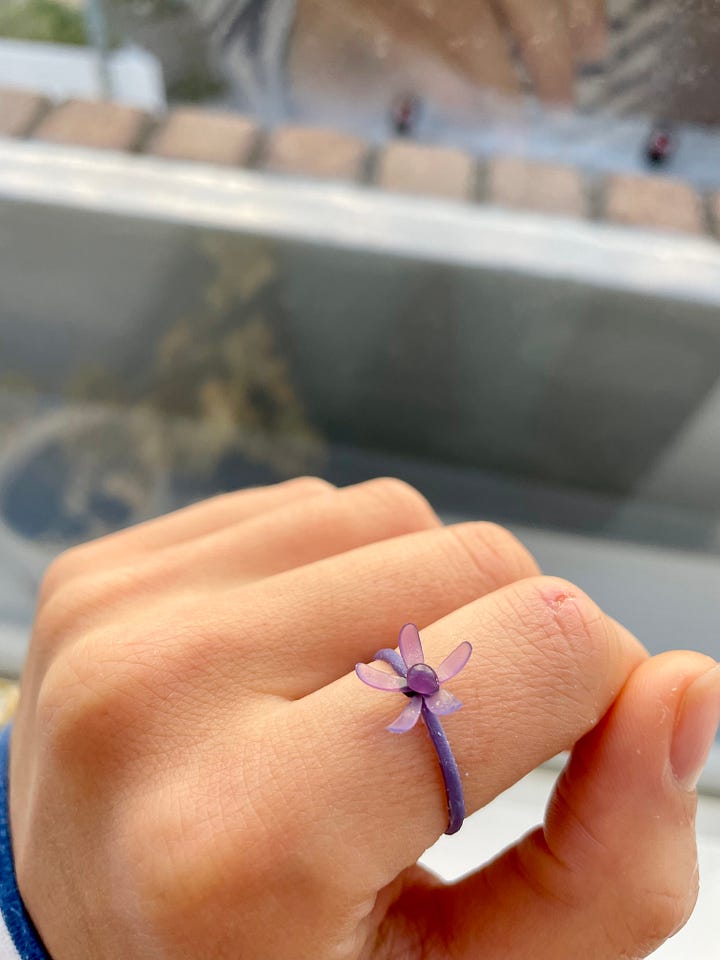
In case you can’t tell, I’m very much enjoying having a creative outlet. I also love that there is an endless amount of knowledge and skill to gain in this industry.
I enrolled in a once a week jewelry making school beginning in about 10 days and look forward to sharing learnings from that here as well!



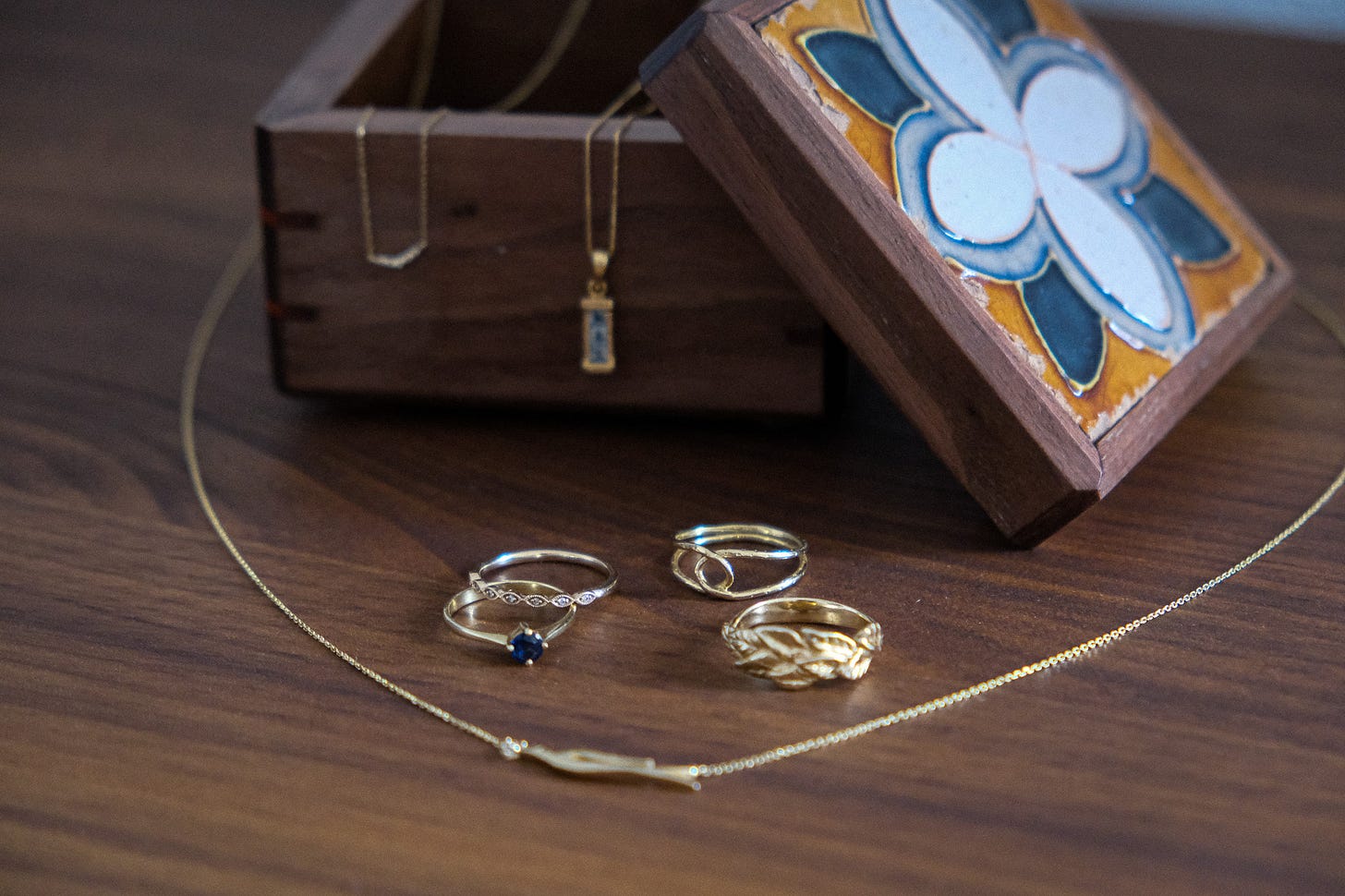
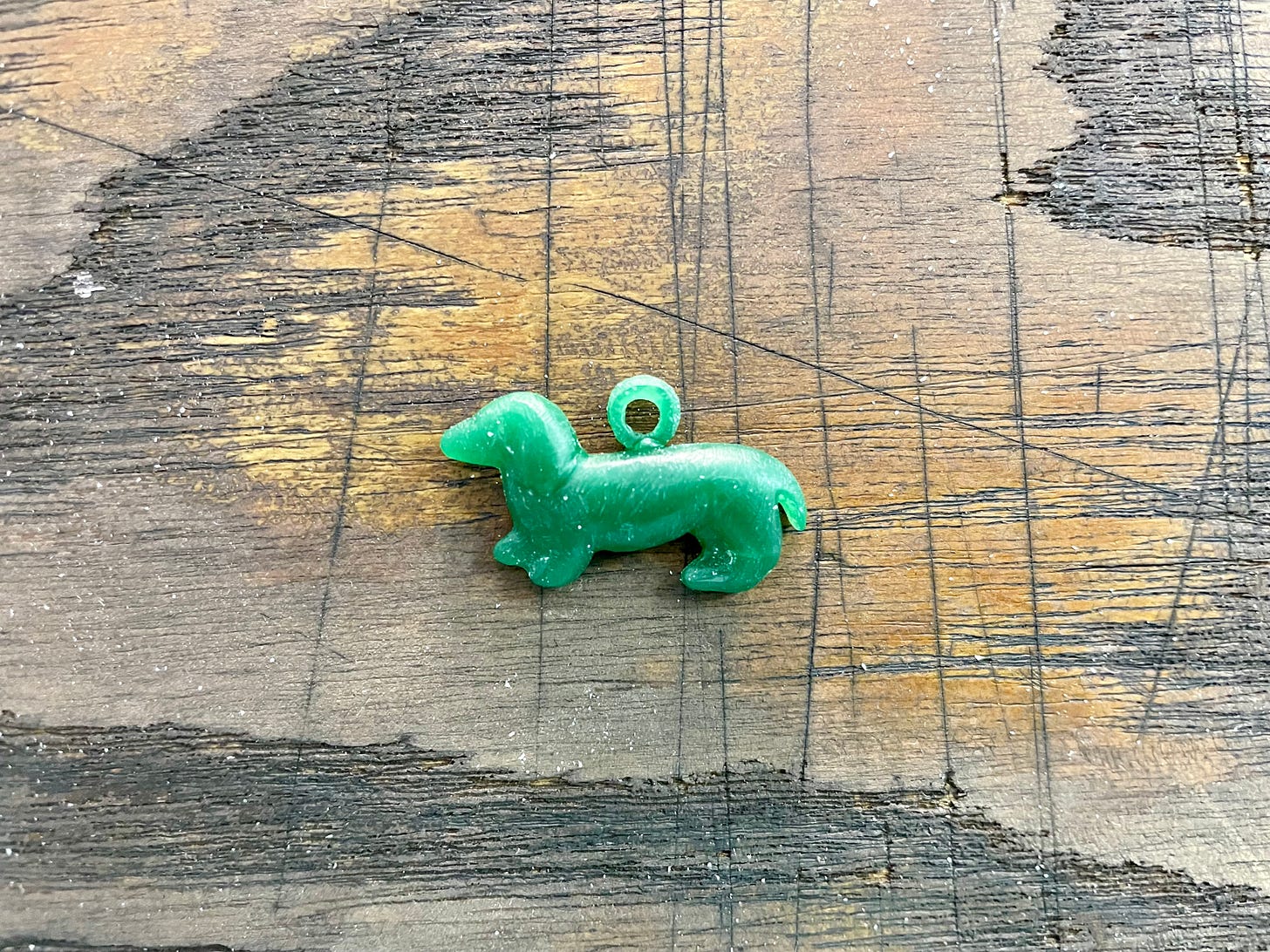
Love the dachshund and croissant charms!